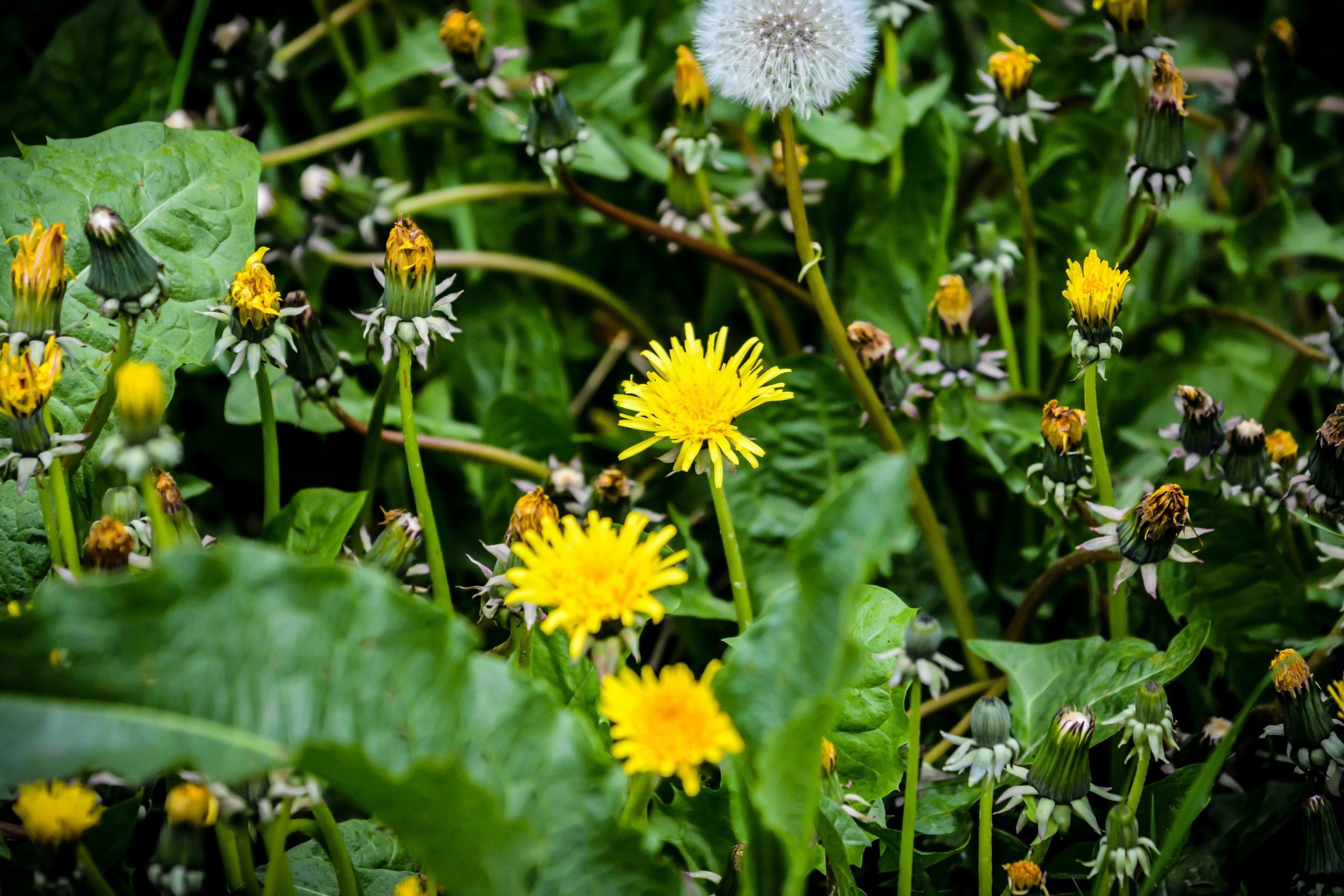
They ransack your food and flowers. They ruin a perfectly good landscape. They try to steal your gardening dreams. They appear to rise from the dead.
Of course, I’m talking about weeds.
At Stoney Creek Farm, weeds are always trying to stake their claim over our spring and summer gardens.
The most important piece of advice we can give you when it comes to weed control…
Do NOT let the weed go to seed! Then you’ll have an out-of-control weedy mess on your hands. Avoid this by removing weeds the moment they come up.
- RELATED READING: 5 Ways to Sustainably Prevent & Remove Weeds from Your Garden
This means your garden WILL keep you busy! But enjoying the literal and metaphorical fruit of your work is well worth the weed-whacking and root digging.
Make no mistake, weeds are stealthy. To the unfamiliar eye, they often look similar to the new growth of plants you actually want in your garden, growing and establishing their roots practically incognito.
Whether you are a new or seasoned garden, understanding the differences between annual and perennial weeds, as well as learning to identify the common weeds in your area, will make your life as a gardener much easier.
Are you a visual learner?
In the cool season weeds and warm season weeds sections, I’ve included links to two guides from the Tennessee Ag Extension that include photos of each weed for easy identification.
Annual Weeds vs. Perennial Weeds vs. Biennial Weeds
There are annual weeds, perennial weeds, and biennial weeds.
Annual weeds grow from seeds that have germinated from the previous year. Annual weeds grow, flower, drop seeds, then die. Ah, the circle of life.
Perennial weeds go dormant in the winter, like a dozing bear in hibernation, only to reemerge the next year, ready to cause mayhem in your garden.
There are two types of perennial weeds: simple perennials and spreading perennials. Simple perennials (like dandelions) grow singly, whereas spreading perennials (like yellow nutsedge) send out running roots under the soil. New plants are able to grow from these runners. Because of this, spreading perennials need to be nipped in the bud ASAP. Otherwise, you risk spreading perennials taking over your beloved garden.
Biennial weeds are a bit like annuals, only with a longer life cycle. They grow in the first year, then flower and drop seeds in the second year before dying. An example of a biennial weed is red clover or musk thistle.
Annual and biennial weeds are easier to remove. A good mulch layer will blot out annual weeds. Hand pulling annual weeds is quite easy, since destroying the root system near the soil’s surface will do the job in preventing regrowth.
Perennial weeds are more difficult. To remove perennial weeds, you can’t just pull the top of the plant up and call it a day. You’ll need to dig around the plant and remove the deep root systems in their entirety to prevent regrowth.
Warm Season vs. Cool Season Weeds
Not all weeds prosper year-round. Nope, you have to watch out for different types of weeds during different seasons.
Below are the most common warm season and cool season weeds. These are weeds most common in the southeast, and the ones that we deal with the most often at Stoney Creek Farm.
Cool Season Weeds
Watch out for these weeds in your spring gardens.
Annuals:
- Cutleaf Geranium
- Hairy Bittercress
- Horseweed
- Field Pennycress
- Purple Deadnettle
- Yellow Woodsorrel (can also be a perennial)
- Henbit
- Cressleaf Groundsel
- Dandelion
- Rough Fleabane
- Hairy Buttercup
Perennials:
- Yellow Woodsorrel (can also be an annual)
- Curly Dock
- Mouse Ear Chickweed
- Buckhorn Plantain
Biennials:
- Red Clover
- Musk Thistle
Identify these cool season weeds visually.
Click here to view photos of these weeds.
Warm Season Weeds
The weeds below will try to creep into your summer garden.
Annuals:
- Dallisgrass
- Ivyleaf Morning Glory
- Spiny Amaranth
- Nodding Spurge
Perennials:
- Honeyvine Milkweed
- Johnsongrass
- Bermudagrass
- Yellow Nutsedge
- Horsenettle
Identify these warm season weeds visually.
Click here to view photos of these weeds.
I hope this guide helps you identify and eradicate these “garden dream stealers.” If you have any questions as you tend your garden this year, please don’t hesitate to reach out to me by email with your questions.

